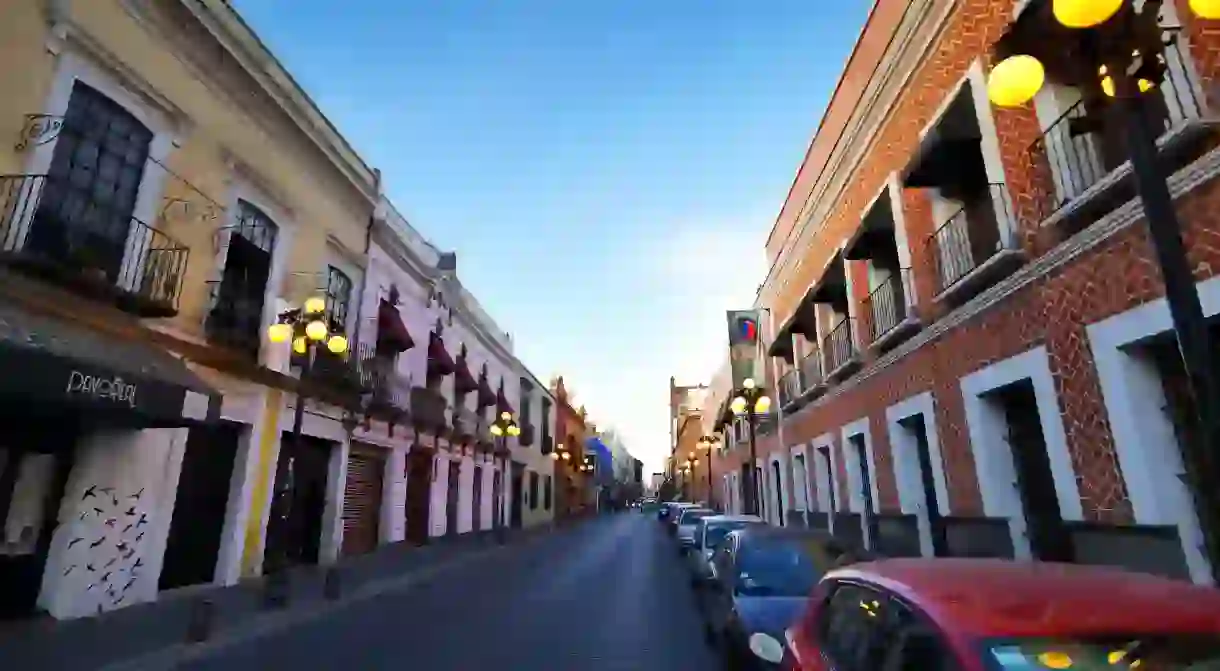Unique Indigenous Towns in Mexico

Mexico is home to countless indigenous towns, which shouldn’t come as a surprise once you know that around 22% of the Mexican population is indigenous. While many such towns in Mexico boast artsy charm or drug-taking draws that bring outsiders flocking to their gates, there are plenty more unique towns that are worthy of, if not your visit, at least your attention. Here are seven of them.
Did you know – Culture Trip now does bookable, small-group trips? Pick from authentic, immersive Epic Trips, compact and action-packed Mini Trips and sparkling, expansive Sailing Trips.
Mogotavo, Chihuahua
Mogotavo, a tiny, towering indigenous town with around 200 inhabitants, may have some spectacular views down into the Copper Canyon, but is also wildly impoverished and far removed from much of Mexican society. However, this isolated and relatively unknown spot in the Sierra Tarahumara, Chihuahua, has caught the attention of developers who want to develop a golf course and casino there. You can read more about this petite community here.
Rio Venado, Oaxaca

Once a town in which traditions were adhered to almost religiously, with many Triqui residents crossing annually to the US, Rio Venado is now a product of the changing political times and more and more members of the tiny pueblo rarely leave it behind. As a result, basketball has bizarrely become a focal point of the town, with girls even allowed to join the team, a big deal in such an old-fashioned, indigenous community. Such is the obsession, some outlets claim that there are five basketball courts in this town of just 400 residents.
Cherán, Michoacán
The Mexican town that is making a name for itself as a beacon of autonomy and self-rule, Cherán, Michoacán is the town where women took on the organised crime members who were illegally logging the town’s timber – and won. After booting out the loggers, they then sent the politicians and police force along with them and re-established themselves both socially and legally, setting up what is easily Mexico’s most successful autonomous community to date. Read more about Cherán’s resistance here.
Mezcala, Jalisco
Mezcala is a historic lakeside town populated by indigenous Cocas, close to the overrun pueblos of foreigner-favorites Chapala and Ajijic, in the western Mexican state of Jalisco. Historically a threatened piece of territory, the modern-day threat posed to Mezcala lies in the wave of US and Canadian immigration that looks set to oust the native Cocas from their ancestral territory and send property prices rocketing. However, Mezcala has no desire to be the next Chapala or Ajijic, so property developers have so far seen all their plans blocked. Maybe this is one indigenous town you should steer clear of?
Villa Talea de Castro, Oaxaca
While Mezcala is trying to keep out the gradual encroachment of the modern world, Villa Talea de Castro in Oaxaca is actively trying to welcome modernity in. A veritable forgotten indigenous town, Villa Talea de Castro was overlooked by major telecommunications firms and, as a result, had to take matters into its own hands to be able to communicate with the outside world. This led to the launch of their own phone network, Red Celular de Talea, which costs just 15 pesos a month to use. There is one catch – phone calls must be five minutes or less.
San Cristóbal de las Casas, Chiapas
OK, San Cristóbal de las Casas might have a high population of indigenous peoples, but it isn’t technically an indigenous village. However, it is home to the largest group of indigenous Mexican muslims in the country (around 700 at the last count, made up of both Mayans and Tzotzils), which surely makes it a worthy addition to this unique indigenous Mexican towns guide. Islam was introduced to this particular Mexican region sometime in the 90s and on the outskirts of this popular colonial town, you can also find an impressive mosque.
BONUS: Amozoc de Mota, Puebla

Acting as somewhat of a bonus entry, Amozoc de Mota is certainly not an indigenous town but it is incredibly unique. An artificial village of sorts, this remote spot high on the hills of Puebla serves as a US-funded training ground for the Mexican police force, who are trained to properly respond to criminal activity and homicides among other things. It forms part of the massive Merida Initiative which, at its core, aims to stamp out the drug problem in both Mexico and the US by bringing the two countries together to combat it.
Want to see more of Mexico? Discover the real Mexico City – eating at markets, visiting Aztec pyramids and experiencing
a lucha libre wrestling match with EXPRESS MEXICO CITY tour.













